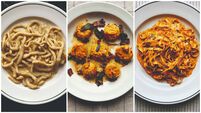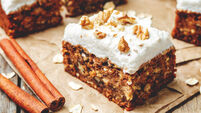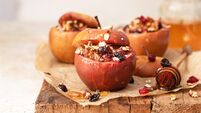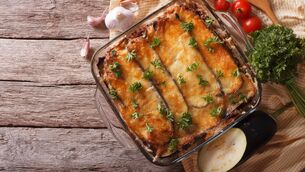Darina Allen: Ferment to be — recipes for World Microbiome Day
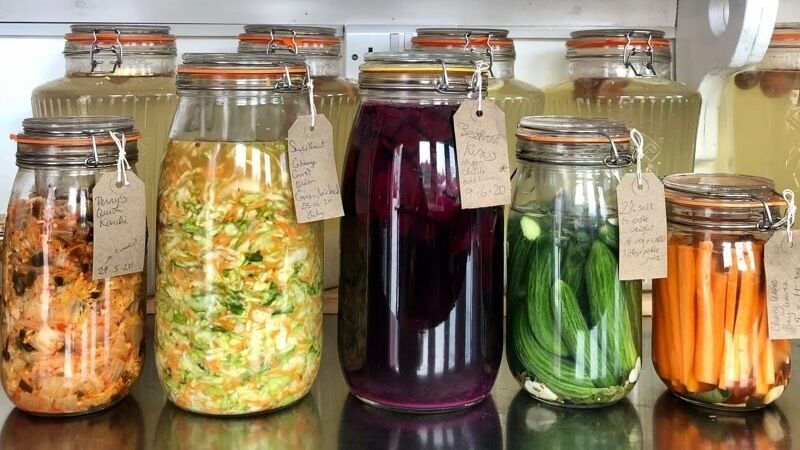
In Ayurvedic and Chinese healing traditions, the dialogue between the gut and the brain has long been recognised.
Celebrate World Microbiome Day on June 27.
In our crazy world, many of us know far more about the lives of celebrities than we do about the source of the food that we and our families eat. Nonetheless, we have become increasingly paranoid: can't eat this, can't eat that. Meanwhile, in supermarkets, free-from and supplement aisles are gaining more space.
For the past year and a half, we've lived in a climate of fear. Covid-19 has made us even more paranoid about bacteria, microbes, viruses. We sanitise from morning until night, carry little vials in our handbags, and worry endlessly that there are bacteria waiting to pounce. Scientists and microbiologists are becoming ever more concerned. In our sanitising frenzy, we may also eliminate many beneficial bacteria that help protect us.





